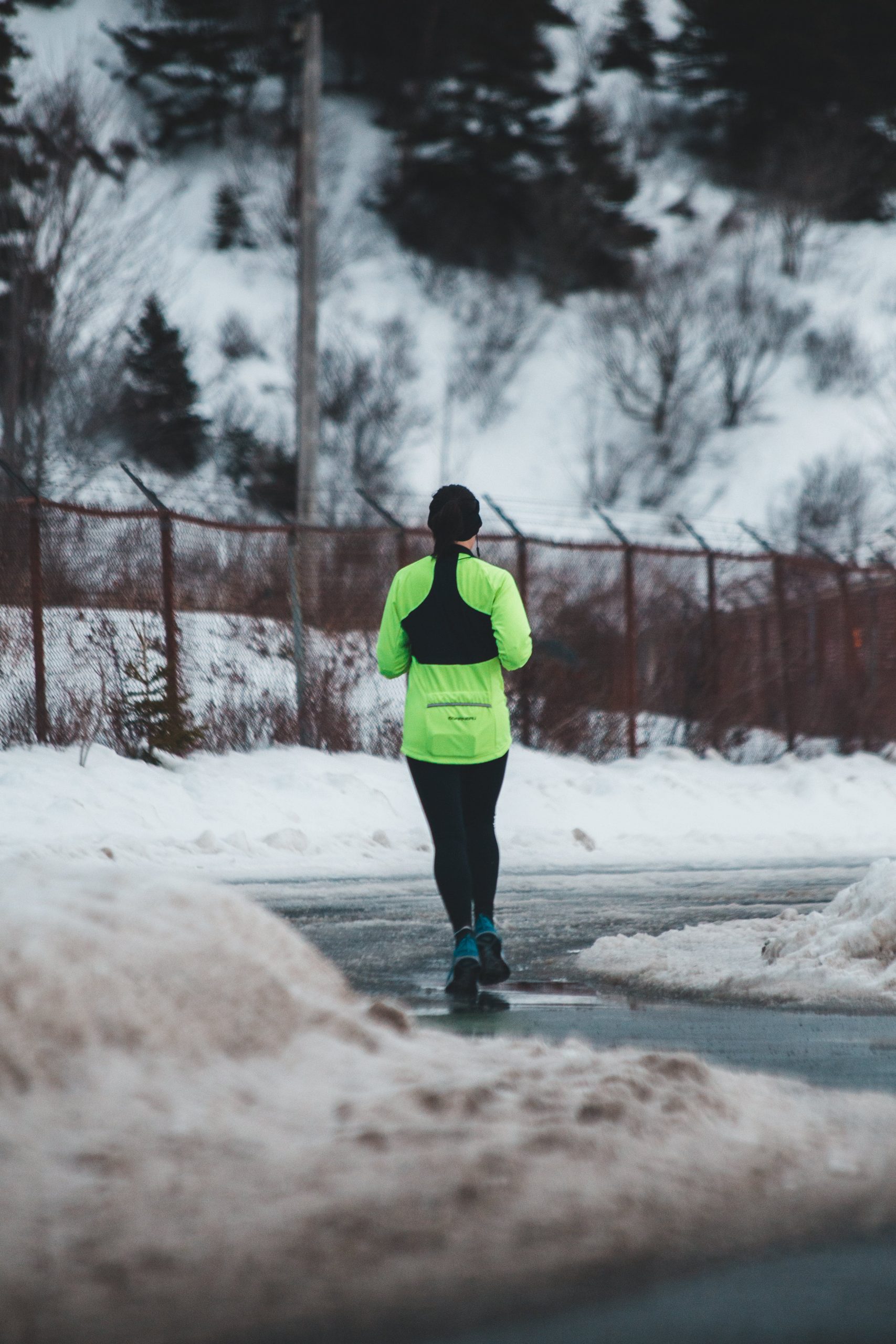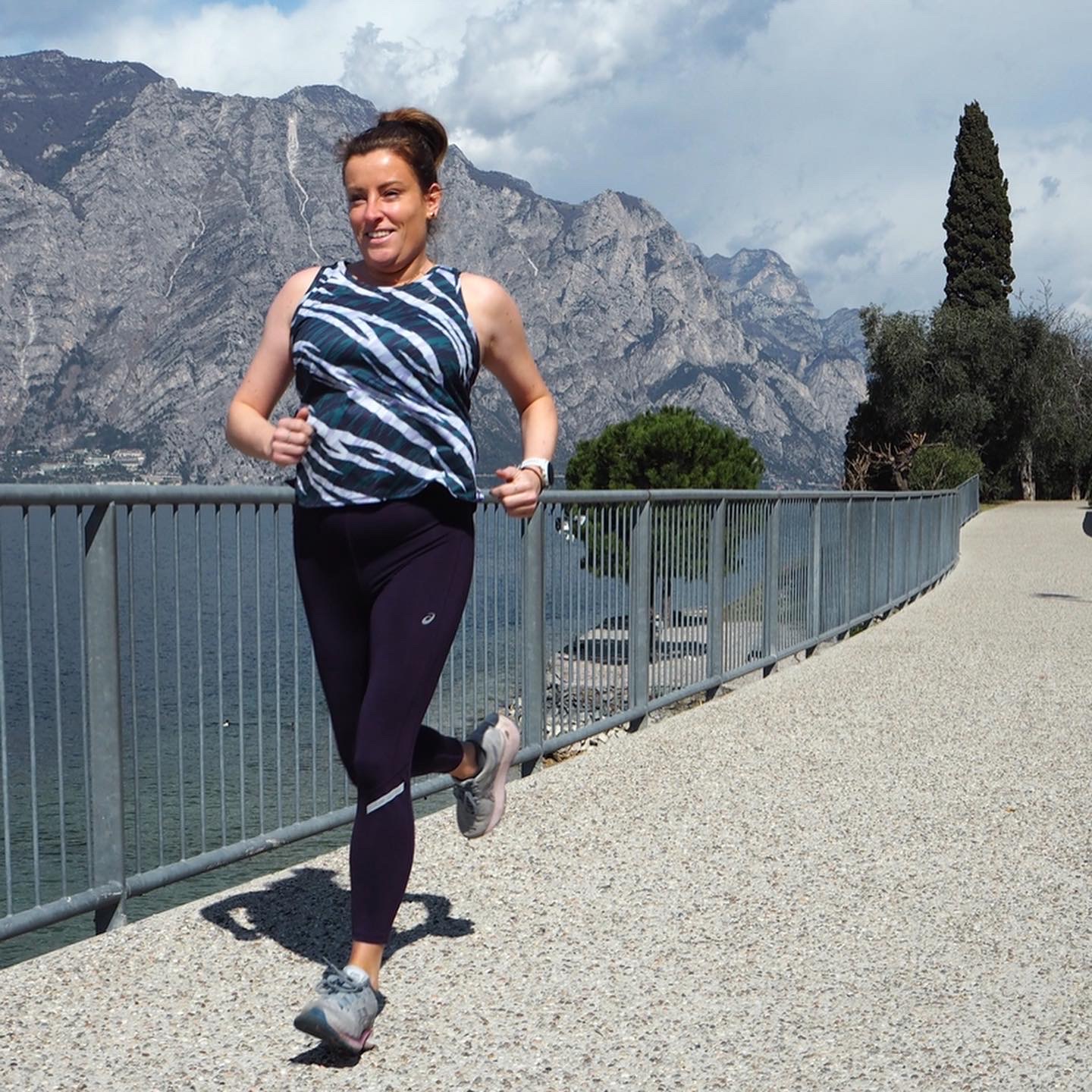
As the winter season blankets the world in a layer of frost and darkness, dedicated runners refuse to let the chilly temperatures and limited daylight keep them from hitting the pavement. However, winter running poses unique challenges, especially when icy surfaces and reduced visibility become the norm. To ensure you stay safe and enjoy your winter runs, here are some essential tips for navigating the icy and dark conditions.
Choose the Right Footwear:
Investing in the appropriate running shoes for winter conditions is crucial. Look for shoes with good traction to handle icy and slippery surfaces. Some brands offer winter-specific running shoes with enhanced grip, water-resistant materials, and insulation to keep your feet warm.
Adjust Your Running Route
Plan your running routes carefully during the winter months. Opt for well-lit areas and prioritize routes that are regularly cleared of snow and ice. Stick to main roads or popular running trails where maintenance is more likely to occur, reducing the risk of slips and falls.
Layer Up:
Dressing appropriately for winter running is essential. Layer your clothing to trap heat close to your body. Start with a base layer, add an insulating layer for warmth, and finish with a windproof or waterproof outer layer to protect against the elements. Don’t forget gloves, a hat, and reflective gear for visibility.
Recommended: ASICS Lite-Show Winter Women’s Running Tights
Stay Visible:
With shorter daylight hours, visibility becomes a significant concern. Wear reflective clothing and accessories to make yourself visible to drivers and pedestrians. Consider a head torch or a clip-on light to illuminate your path and make you easily noticeable, reducing the risk of accidents.

Warm-Up Indoors:
Before stepping out into the cold, warm up indoors to prevent injury. Perform dynamic stretches and exercises to increase blood flow and flexibility. This is especially important in winter when cold muscles are more prone to strains and sprains.
Shorten Your Stride:
When running on icy surfaces, shorten your stride to maintain better balance. Keep your feet under your body and land with a midfoot strike. Avoid sudden movements and quick changes in direction to prevent slips and falls.
Be Mindful of Ice:
Keep a keen eye on the ground for icy patches, especially in shaded areas where the sun may not have melted the ice. Walk cautiously over icy surfaces, and if the conditions are treacherous, consider using traction devices like ice cleats that attach to your shoes for added stability.
Stay Informed about Weather Conditions:
Check the weather forecast before heading out for your run and adjust your schedule to avoid the harshest conditions. In extreme weather hit the treadmill, the gym offers a warm and safe space for your run, especially on challenging winter days.
Most importanty – stay safe! If it’s really bad, a few extra rest days are better than a broken leg!



